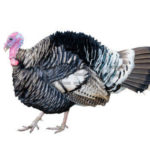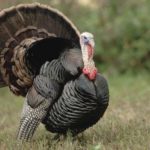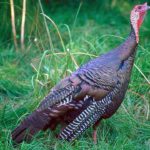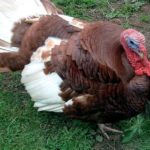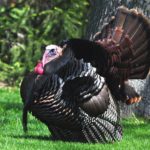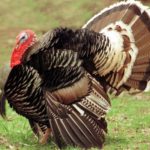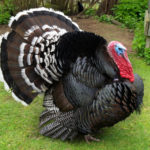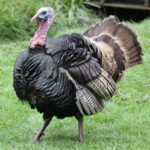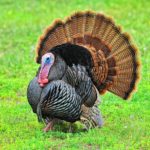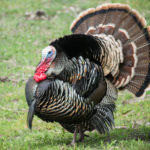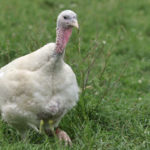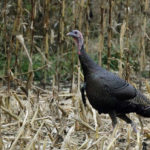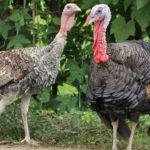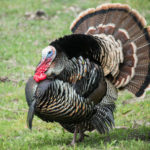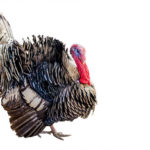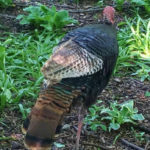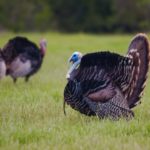Scientific name for turkey
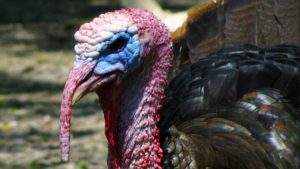 Scientific name for turkey is Meleagris. Ordinary turkey is the largest chicken in North America. Birds have a beautiful plumage with metallic luster. Males flaunt outgrowths on the throat and forehead, which give them a formidable appearance
Scientific name for turkey is Meleagris. Ordinary turkey is the largest chicken in North America. Birds have a beautiful plumage with metallic luster. Males flaunt outgrowths on the throat and forehead, which give them a formidable appearance
Turkeys are looking for food in the fallen leaves and plucking low plants. They feed on beans, beans and similar plants, as well as fruits, grass, kidneys, acorns, nuts, roots, seeds and bulbs. The diet of turkey includes animal food – locusts, millipedes, snails and amphibians.
The bird swallows the food whole – it is crushed in a muscular stomach. Digestion is promoted by small pebbles in the stomach of the bird. The digestive system of turkey is able to digest even pieces of metal. When birds drink, they rhythmically raise and lower their heads. There are times when they, swinging like pendulums, sometimes fall into a trance, fall into the water and drown.
People from time immemorial hunt turkeys. Baked turkey is a traditional dish of American cuisine, which is served for the holidays. In Europe, the turkey was brought by F. Fernandez in 1519, stealing it from the garden of the Aztec leader Montezuma. From Spain, the turkey landed in Turkey, and from there the bird migrated to the bank of the Foggy Albion.
Delicate low-fat turkey in many countries is considered a delicacy dietary product.
